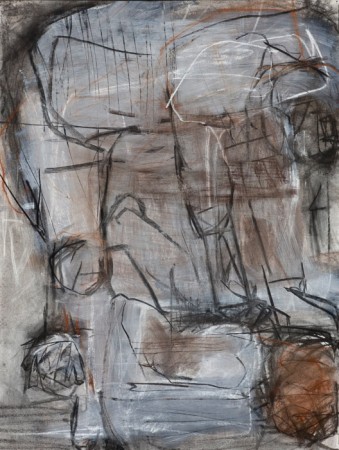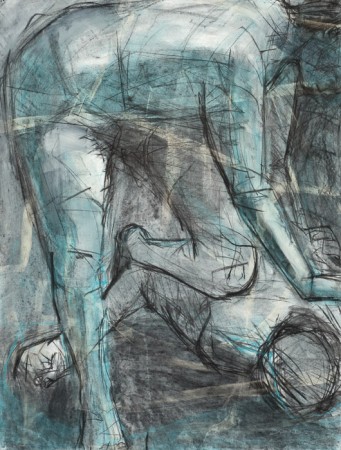On to Caravaggio. I’m a great admirer, but I know he has his detractors. “Too theatrical!”. “Painted in front of a backdrop, no sense of defining place”. Ok, ok, perhaps true, but perhaps that theatricality is what I like so much about his work.
Mind you, I’m not an admirer of the man, just the paintings. His own life sounds sordid. He killed a man (under unknown circumstances, so let’s give him the benefit of the doubt). He was arrested on many occasions for various crimes, and more than once fled the region rather than stand trial. After being made a knight of the order of St. John of Jerusalem in Malta, he was then expelled from the order (maybe under extenuating political/social circumstances). His life ended, supposedly by illness, as he was on his way to Rome to receive a papal pardon for the earlier murder.
On the other hand, Caravaggio did quite a bit that I do find admirable. He scandalized the art establishment at the time by working directly in oils instead of starting his paintings with preparatory drawings, as was the custom of the time. Studies of his paintings show that he did do quick incised sketches as he worked, with no evidence of an underdrawing.
He scandalized the religious establishment at the time by using street thugs and prostitutes as models, even while pursuing his extreme form of realism. This meant that the people in his paintings were recognizable, and many paintings were rejected by patrons because the models were seen as unfit to portray such sacred scenes. It’s interesting to note that the rejected paintings were typically snapped up immediately by another buyer.
I’ve read reports, too, that he was rude and obnoxious with other artists. He was charged with slander by his fellow painter Giovanni Baglione (whose revenge included depicting Caravaggio as the devil in his painting Sacred Love Versus Profane Love). He supposedly mocked and taunted the painters of Sicily while in exile there.
But, since I’m an admirer of his work, I thought I’d use his paintings as source material for drawings. This proved difficult, perhaps because the paintings are paintings, not painted drawings.
I chose the painting David and Goliath mainly for it’s composition with that strong rectangle of legs-back-arms, but as I worked with the painting I started to see the subtlety of the David figure, with his slight turn of the body and twist in the trunk. And then that head of Goliath in the foreground is so odd and ambiguous, right where the head should be but facing in the wrong direction, out towards the viewer.
I’ve done two drawing so far from this painting, and I’m just starting to realize what it is that I’m after. I’m not trying to copy Caravaggio…I am trying to translate his lights and darks into a drawing language of lines, and I’m playing with a sort of ‘there and gone’ line.



